New

Turn Your DMs Into Lead Gen!
Learn how to collect lead data from your DMs such as email addresses, phone numbers, and more right from your social inbox. If you are not yet automating your DMs your competitors are outpacing you.

How Something Social Saved 75% of Their Time and Increased Revenue by 15%
See how a fast-growing agency improved operations, cut down hours of manual work, and unlocked new revenue opportunities with Vista Social.
New
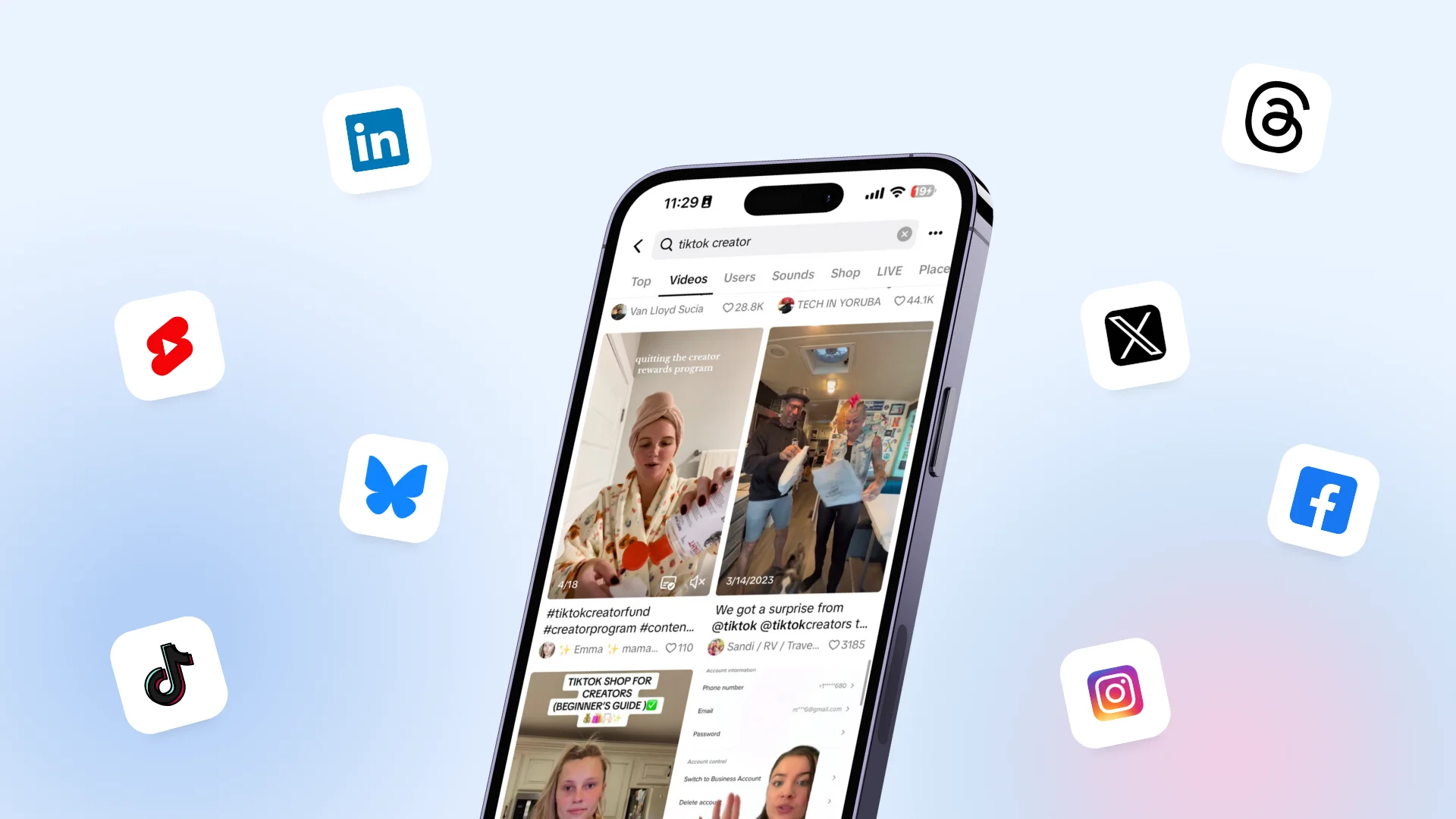
50 Unique Social Media Ideas for Consistent Content Creation
Discover 50 unique social media post ideas to engage your audience, grow your brand, and maintain a consistent content strategy with ease!

Mastering Content Reuse: The Key to a Consistent and Sustainable Posting Strategy
Published on September 15, 2025
10 min to read
TikTok vs. Instagram: Which Is Better for Your Brand Strategy?
Summarize with AI
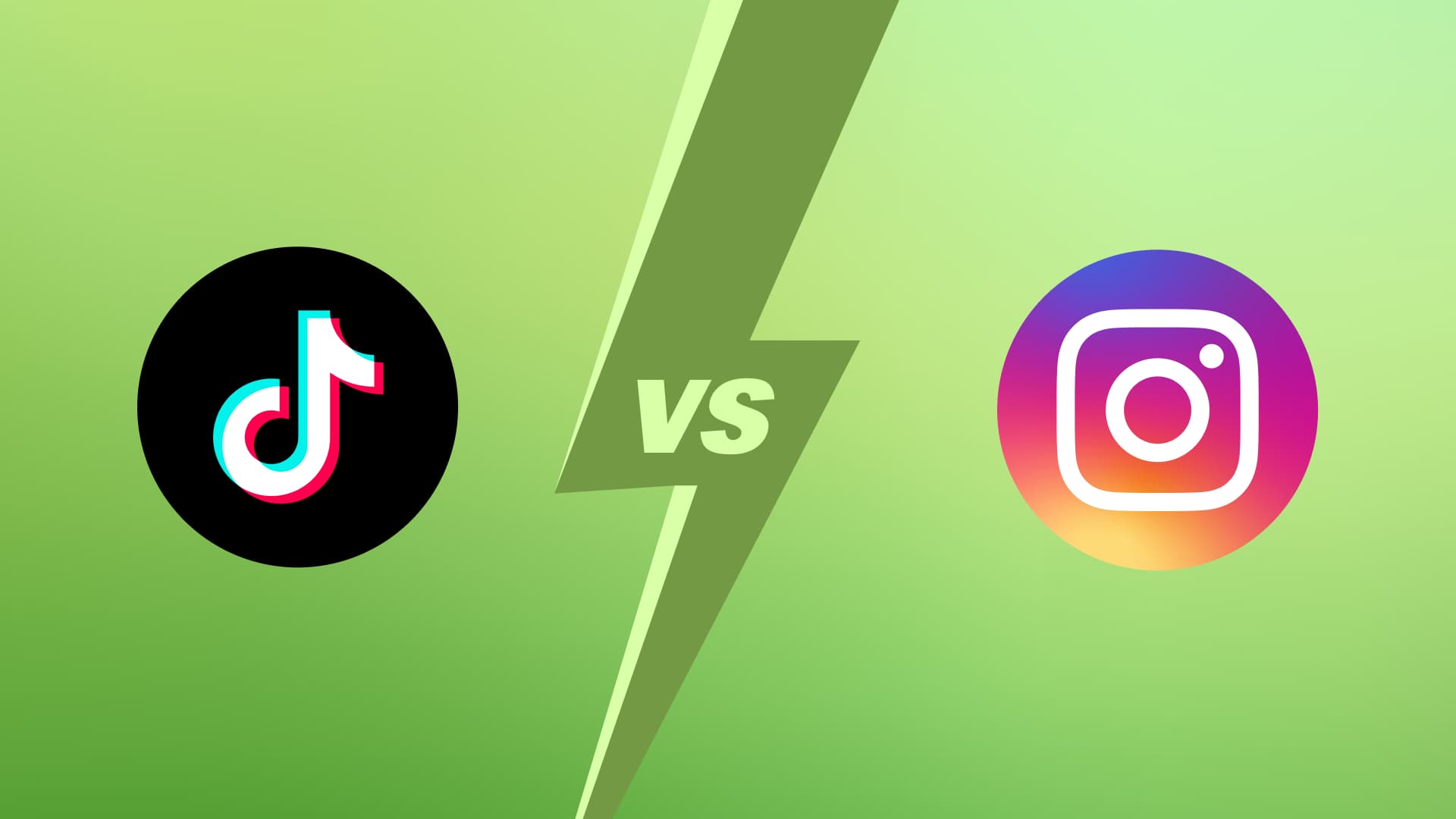

Table of Content

With short form video becoming all the rage across algorithms and social media strategies alike, many brands are wondering what the best platform to use is: TikTok vs Instagram.
TikTok now has about 1.59 billion monthly active users, while Instagram leads with over 2 billion monthly active users worldwide, making them two of the most powerful platforms for brand visibility.
TikTok is celebrated for its algorithm-driven virality and authentic content style, while Instagram excels at curated storytelling with features like Reels, Stories, and shopping integrations.
Both platforms offer unique opportunities, but deciding where to invest depends on your goals and audience.
This article breaks down the TikTok vs Instagram debate by comparing audience, content formats, features, advertising options, and brand fit to help your business choose the right platform for its strategy.
Table of contents
What is TikTok?
TikTok is a short-form video platform that has quickly become one of the most influential spaces in digital culture. Launched globally in 2018, it allows users to create, share, and discover videos ranging from 15 seconds to 10 minutes.
Unlike traditional social platforms, TikTok thrives on creativity, authenticity, and user-generated content that can go viral overnight. The app has experienced explosive growth, particularly among Gen Z and younger Millennials, who make up the majority of its audience.
What sets TikTok apart is its unique culture of trends, music, and virality. Users often participate in challenges, remix popular sounds, or add their own spin to trending memes, making the platform feel collaborative and dynamic.
TikTok’s key features include:
- For You page (FYP): A personalized feed powered by an advanced algorithm that helps even new creators reach massive audiences
- Trending sounds: Audio clips, songs, and remixes that fuel meme culture and drive content creation
- TikTok Shop: An integrated ecommerce feature where brands and creators can sell products directly in-app
- Duet & stitch: Interactive tools that allow users to respond or add on to other creators’ videos, sparking conversation and community
Must Read: How to Choose the Best Social Media Platform for Your Brand
What is Instagram?
Instagram is a multi-format social media platform that offers photos, videos, Stories, Reels, and shopping features all in one place. It has evolved far beyond its original photo-sharing roots to become a full creative and commerce ecosystem.
As of 2025, Instagram boasts over 2 billion monthly active users globally and more than 500 million daily users, making it one of the most influential platforms for brands. While Instagram remains strong among Millennials, it also has significant traction with Gen Z.
Instagram’s key features include:
- Explore page: A feed for discovering new content and creators
- Stories: Short, disappearing photos and videos that offer ephemeral, authentic interactions
- Shopping capabilities: A product catalog and tagging features enabling brands to sell directly through the app
TikTok vs Instagram: What are the differences?
TikTok and Instagram may both dominate the social media space, but they offer very different experiences for users and brands. From who uses them, to how their algorithms work, to the type of content that performs best, understanding these differences is essential to shaping the right strategy for your business.
Audience demographics and behavior
One of the biggest differences between TikTok vs Instagram lies in who uses them and how. TikTok is dominated by younger audiences, particularly Gen Z, who are known for their high engagement and appetite for viral, fast-paced trends.
On the other hand, Instagram maintains a broader age distribution, with Millennials forming its core base but Gen Z still heavily engaged, especially through Reels and Stories. Instagram also attracts slightly older demographics who use the app for shopping, lifestyle inspiration, and brand discovery.
These differences in demographics also shape how users behave on each platform.
TikTok users are more likely to engage with content through trends, challenges, and viral sounds, making it a discovery-first environment where new creators and brands can quickly gain traction.
In contrast, Instagram users lean toward intentional browsing, following specific accounts for curated content, shopping, and lifestyle inspiration.
This means TikTok excels at driving rapid awareness, while Instagram is better suited for building deeper, long-term brand relationships.
Here’s a quick breakdown of audience insights:
TikTok
- Two-thirds (66%) of TikTok users are between 18 and 34 years old, and 29.1% of TikTok users are 35 or older
- Users spend an average of 53.8 minutes per day on the app
- Known for viral content discovery via the For You page
- Culture thrives on memes, social media trends, and remixes
- 64.63% of users are aged 18–34
- Users spend around 33 minutes per day on average
- Stronger role in curation and lifestyle branding (aesthetic feeds, Stories, shopping)
- Heavily leveraged for influencer collaborations and brand storytelling
TikTok is about discovery and virality, while Instagram leans into curation, lifestyle, and deeper brand-consumer relationships.
Content format and creativity
One of the biggest distinctions in the TikTok vs Instagram debate lies in the type of content that thrives on each platform.
TikTok is built around short-form video powered by viral sounds, trends, and a raw, authentic vibe that resonates with younger audiences. It’s less about polished visuals and more about creativity, relatability, and quick storytelling.
In contrast, Instagram offers a wider variety of formats such as Reels, Stories, static posts, and carousels, making it a versatile hub for brands that want to mix storytelling with aesthetic curation.
The difference in content style also impacts which brands perform best on each platform. TikTok is ideal for brands that want to experiment with humor, trends, or educational bite-sized tips that feel spontaneous and engaging.
Instagram, on the other hand, caters to businesses that prioritize brand aesthetics, lifestyle storytelling, and polished campaigns that can be repurposed across different formats.
Ultimately, TikTok rewards creativity and quick adaptability, while Instagram supports long-term branding with versatile content options.
Here’s how the two compare:
TikTok
- Focuses exclusively on short-form video (15 seconds to 10 minutes)
- Culture thrives on viral sounds, memes, and challenges
- Content leans raw, authentic, and less polished
- Best for brands in entertainment, education (bite-sized tips), fashion, and pop culture niches.
- Offers mixed media: Reels, Stories, static posts, carousels, shopping posts, and live streams
- Emphasizes aesthetics and curated branding
- Supports deeper storytelling alongside visuals
- Best for lifestyle, retail, ecommerce, B2B thought leadership, and influencer-driven campaigns
TikTok rewards spontaneity and virality, while Instagram thrives on versatility and brand storytelling.
Algorithm and discoverability
When comparing TikTok vs Instagram, one of the most critical differences lies in how their algorithms shape content visibility.
TikTok’s For You page (FYP) is heavily recommendation-driven, meaning even small or new accounts can achieve massive reach if their content resonates with the algorithm’s signals, such as watch time, interactions, and trending sounds. This makes TikTok uniquely powerful for virality and rapid audience growth.
Instagram, on the other hand, leans more on consistent engagement to boost visibility, rewarding brands that build loyal communities through likes, comments, saves, and shares. Discovery primarily happens through the Explore page and Reels, but it tends to favor established accounts or those maintaining a steady content rhythm.
For brands, this means TikTok offers more immediate opportunities for exposure, while Instagram emphasizes long-term relationship building and curated brand presence.
Quick tips:
- TikTok: Use trending sounds, post often, grab attention in the first 3 seconds
- Instagram: Post consistently, encourage saves/shares, and mix formats like Reels + carousels
Advertising and monetization
When it comes to social media advertising, both TikTok and Instagram offer powerful tools for brands, but they work differently in terms of format, cost-effectiveness, and targeting.
TikTok ads thrive on creativity and virality, making them especially effective for brands looking to capture younger audiences with trend-driven content.
Meanwhile, Instagram ads integrate seamlessly into the platform’s polished, curated environment, making them ideal for lifestyle, retail, and ecommerce brands that want to drive conversions.
In general, TikTok tends to offer lower ad costs and higher engagement rates for reach, while Instagram provides more advanced targeting options and shopping integrations for direct sales.
TikTok ad formats:
Try Vista Social for Free
A social media management platform that actually helps you grow with easy-to-use content planning, scheduling, engagement and analytics tools.
Get Started Now- In-feed ads: Native ads that blend into the user’s feed
- Branded content: Sponsored collaborations with creators
- Hashtag challenges: Interactive campaigns that encourage user participation
- Spark ads: Boost existing organic posts for paid reach
Instagram ad formats:
- Reels ads: Short-form video ads shown between Reels
- Story ads: Full-screen ads that appear between Stories
- Carousel ads: Multi-image or video ads for storytelling and product showcases
- Shopping features: Integrated product tags and shop tab for seamless purchases
TikTok is better for cost-effective reach and engagement, while Instagram excels in precise targeting and driving conversions.
Shopping and social commerce
Instagram and TikTok have transformed into powerful social commerce platforms, but they approach shopping in different ways.
Instagram has long positioned itself as a hub for lifestyle and e-commerce, offering features like the integrated Shop, product tagging in posts and Stories, and seamless in-app checkout. This makes it easy for users to move from browsing to purchasing without leaving the app, creating strong conversion opportunities for retail and direct-to-consumer brands.
TikTok, on the other hand, is rapidly expanding with TikTok Shop, which allows creators and brands to sell products directly through videos, profiles, and live shopping streams.
While newer compared to Instagram’s ecosystem, TikTok’s commerce features benefit from its culture of impulse-driven, viral trends that can turn products into overnight sensations.
Instagram offers a more established shopping experience with streamlined conversions, while TikTok provides explosive sales potential through viral trends and live commerce.
Influencer marketing potential
Influencer marketing thrives on both TikTok and Instagram, but the platforms offer distinct opportunities for brands.
TikTok has become a hotspot for rising micro- and nano-influencers who bring high authenticity and trend-driven collaborations. Because content feels more raw and relatable, audiences tend to trust recommendations more, making TikTok especially effective for brands seeking organic reach and strong engagement at a lower cost.
For example, viral TikTok collabs have helped small beauty and food brands sell out products overnight.
Meanwhile, Instagram has a more established influencer culture, with creators ranging from micro-influencers to global celebrities. The platform’s polished aesthetic and broader range of content formats like Stories, Reels, and static posts make it versatile for brand partnerships and long-term campaigns.
While costs are generally higher, Instagram influencers often deliver stronger ROI for lifestyle, fashion, and e-commerce brands due to their credibility and wide reach.
TikTok influencers are great for driving quick buzz and authentic connections, while Instagram influencers excel at building trust and sustaining long-term brand awareness.
Analytics and performance tracking
In terms of analytics, both TikTok and Instagram provide valuable insights, but they serve slightly different brand needs.
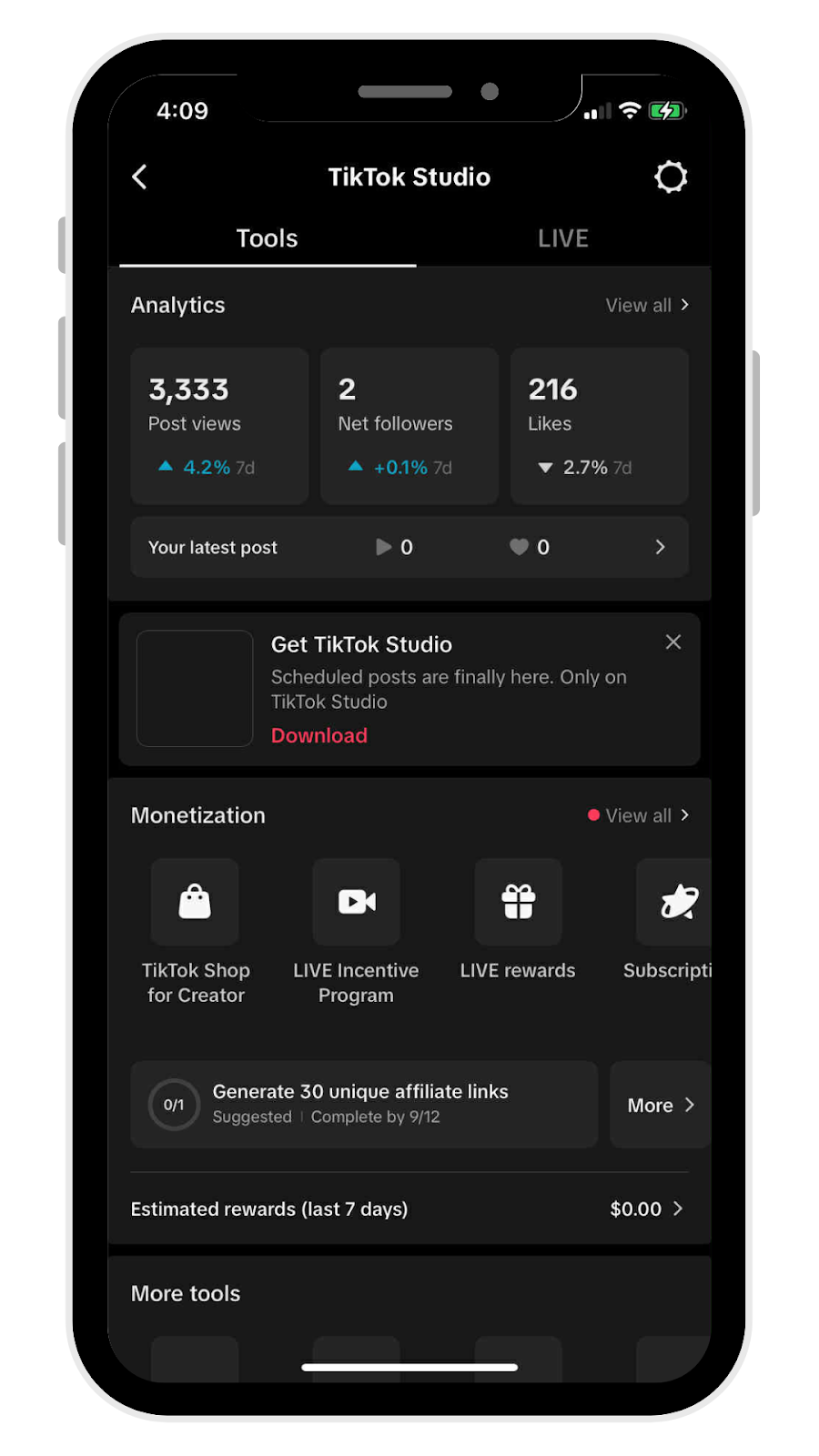
TikTok offers Creator Studio analytics, which focuses heavily on content performance metrics such as video views, watch time, follower growth, and trending content. This makes it especially useful for creators and brands looking to measure the virality and reach of individual posts.
However, TikTok’s analytics are still developing, and while powerful for content insights, they offer less depth when it comes to tying organic performance directly to paid campaigns.
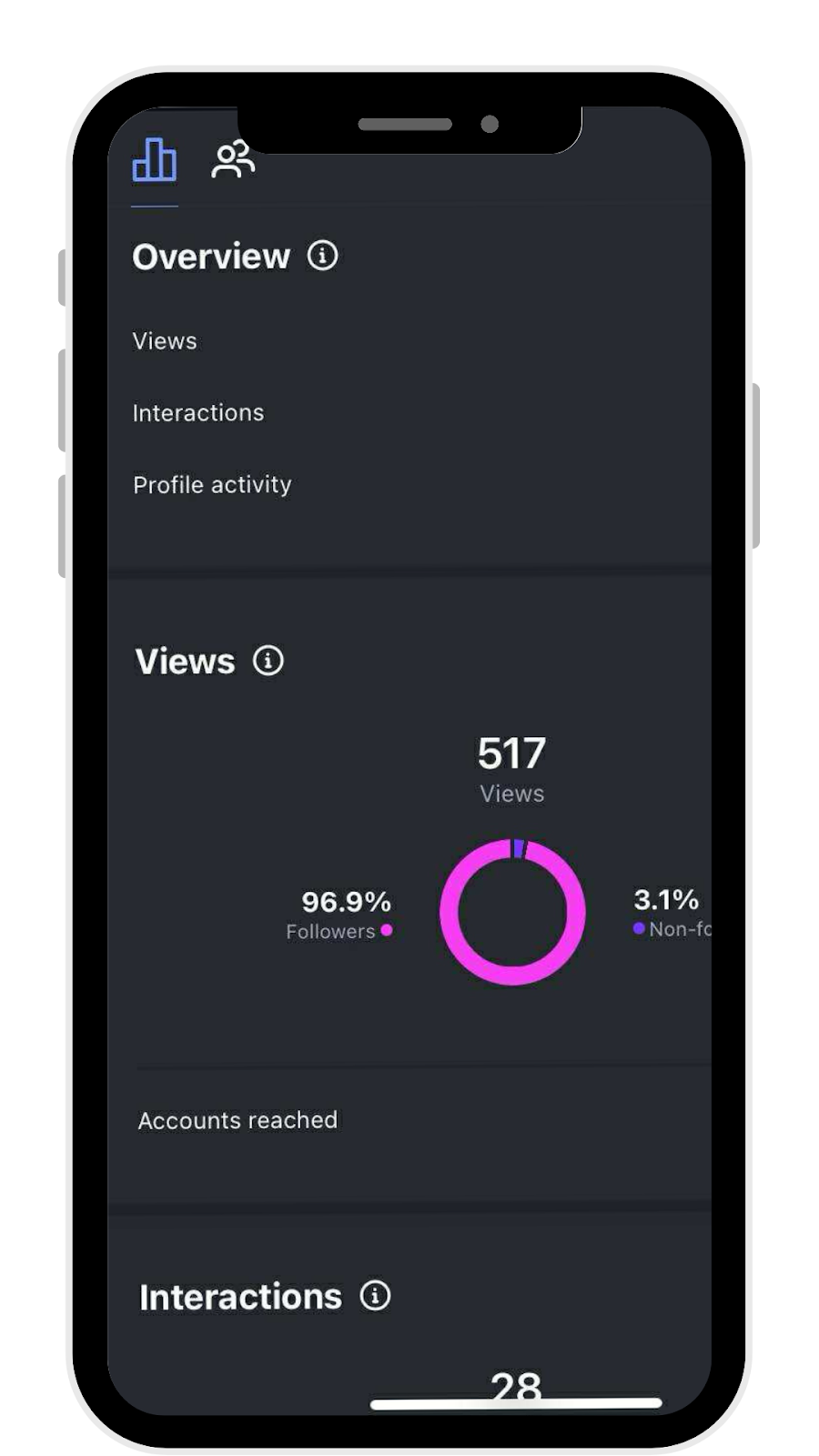
Instagram, on the other hand, integrates analytics more seamlessly with business and advertising tools.
Through native Insights and Meta Business Suite, brands can track not only engagement and reach but also conversions, ad performance, and
ROI across multiple campaigns. This makes Instagram a stronger option for businesses that are highly data-driven and want a more holistic view of how organic and paid strategies work together.
TikTok analytics shine for tracking content virality, while Instagram delivers deeper, integrated performance data that’s ideal for brands focused on paid campaigns and measurable ROI.
Which platform is right for your brand?
When choosing between TikTok and Instagram, the right choice depends on your audience, content style, and business goals.
TikTok is the go-to platform for brands that thrive on trends, entertainment, and creativity, especially if Gen Z is your target demographic. Meanwhile, Instagram remains a powerhouse for lifestyle branding, e-commerce, and building long-term relationships with audiences across different age groups.
Here’s a quick checklist to guide your decision:
Choose TikTok if your brand is:
- Targeting Gen Z or younger Millennials
- Trend-driven and thrives on short, viral content
- Focused on entertainment, humor, or challenges
- In consumer packaged goods (CPG), fashion, beauty, or pop culture niches
Choose Instagram if your brand is:
- Targeting Millennials with a broader age range appeal
- Centered on lifestyle, retail, or ecommerce branding
- Building B2B thought leadership or professional influence
- Focused on polished visuals, influencer marketing, and storytelling
Choose both platforms if your brand is:
- Looking to maximize reach across generations (Gen Z + Millennials)
- Able to repurpose content creatively for different formats
- Balancing short-term virality with long-term brand building
- Interested in using TikTok for awareness and Instagram for conversions
The best strategy? Test both platforms, monitor results, and double down on where your audience engages most.
Must Read : 15 Best Social Media Platforms to Grow Your Brand in 2025
TikTok vs. Instagram: Final words
At the end of the day, the debate of TikTok vs Instagram isn’t about which platform is “better,” but which one aligns most with your brand’s goals, audience, and content style.
TikTok shines when it comes to discovery, creativity, and rapid virality, while Instagram excels at curated storytelling, lifestyle branding, and conversions.
Both platforms are powerful in their own right and the smartest approach for most brands is to test both, analyze results, and invest more heavily where your audience responds best.
To make this process easier, tools like Vista Social allow you to manage, schedule, and measure performance across platforms in one place, ensuring that your strategy is not only creative but also data-driven.
TikTok vs Instagram FAQs
Which is better for small businesses, TikTok or Instagram?
It depends on your target audience and goals. TikTok is better for small businesses aiming to reach Gen Z and younger Millennials with creative, viral content. Instagram works well if your focus is on Millennials, lifestyle branding, and e-commerce. Many small businesses thrive by starting with Instagram for trust-building, then expanding to TikTok for reach and awareness.
Is TikTok cheaper than Instagram for ads?
Generally, yes. TikTok CPM typically ranges from about $4.20 to $9.00, with some variations from roughly $2.34 up to $10 depending on targeting, competition, and seasonality. The average CPM is often cited around $6 to $6.21 in 2025. Instagram CPM generally ranges from $5 to $15, with averages more commonly around $8 to $11, depending on audience, industry, and ad placement. Some sources state the average CPM is about $10.81. TikTok more cost-effective for reach, though Instagram ads often deliver stronger conversions due to its shopping features and mature ad ecosystem.
Can B2B brands succeed on TikTok?
Yes, if they adapt their strategy. While TikTok is consumer-heavy, B2B brands can thrive by using storytelling, behind-the-scenes content, employee spotlights, and thought-leadership videos.
Do Instagram Reels perform as well as TikTok videos?
Reels are Instagram’s direct competitor to TikTok videos, and they perform well within Instagram’s ecosystem, boosting reach and engagement. However, TikTok still has the edge in virality due to its powerful For You page algorithm. Reels, meanwhile, integrate better with Instagram’s shopping, Stories, and influencer ecosystem.
Should I invest in both TikTok and Instagram at the same time?
If resources allow, yes. Both platforms serve different purposes: TikTok is great for discovery and brand awareness, while Instagram strengthens credibility, lifestyle branding, and conversions. A dual-platform strategy gives your brand maximum reach, with TikTok driving top-of-funnel attention and Instagram supporting long-term relationships and sales.
About the Author
Content Writer
Content writer and copywriter with over 2 years of experience, specializing in VSL scriptwriting. I’ve worked with various brands to create compelling content. Passionate about storytelling that connects and converts. Loves cats, poetry, and skincare
Read with AI
Save time reading this article using your favorite AI tool
Summarize with AI
Never Miss a Trend
Our newsletter is packed with the hottest posts and latest news in social media.
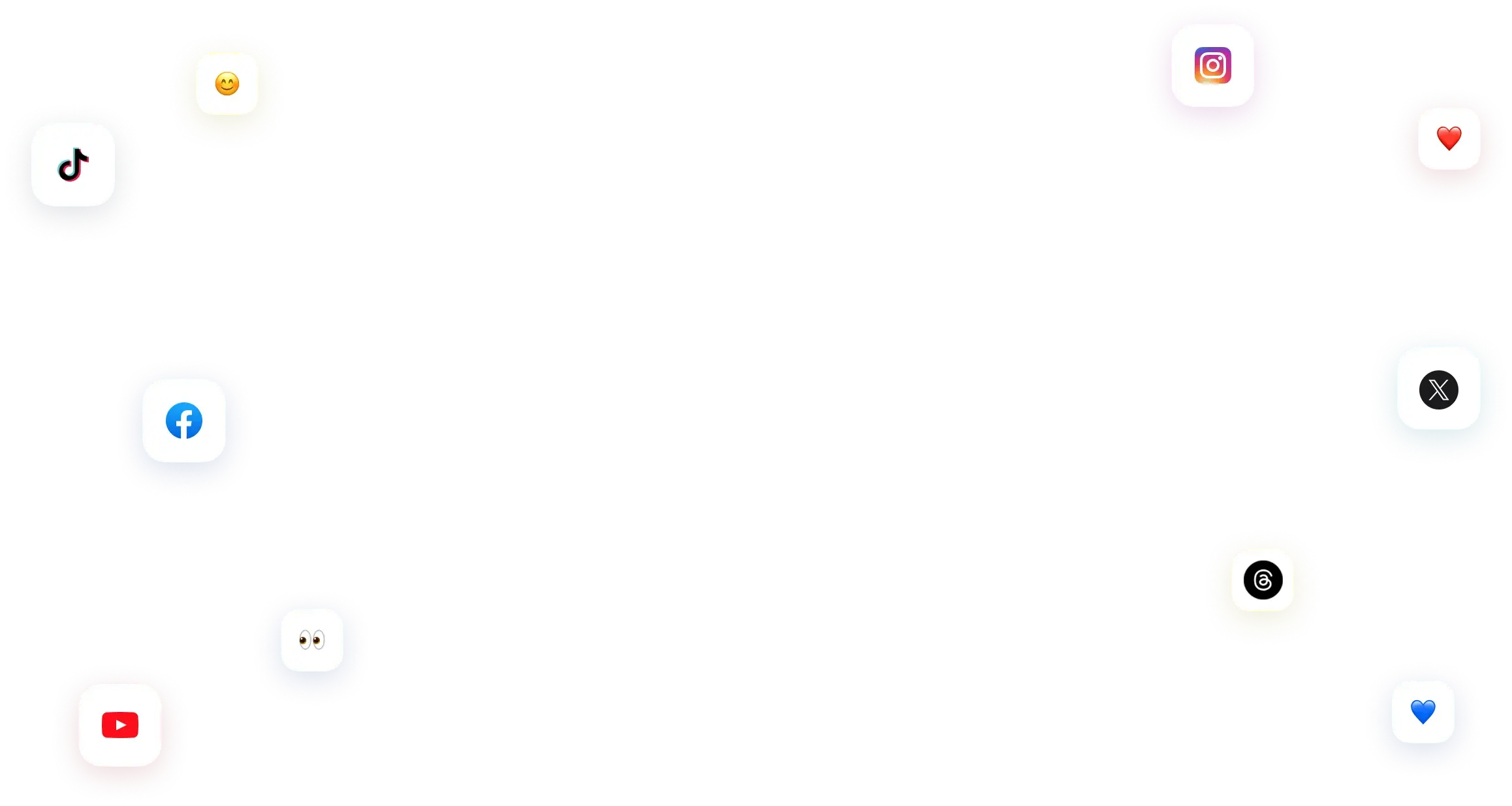
You have many things to do.
Let us help you with social media.
Use our free plan to build momentum for your social media presence.
Or skip ahead and try our paid plan to scale your social media efforts.
P.S. It will be a piece of cake 🍰 with Vista Social
Subscribe to our Newsletter!
To stay updated on the latest and greatest Social Media news. We promise not to spam you!







